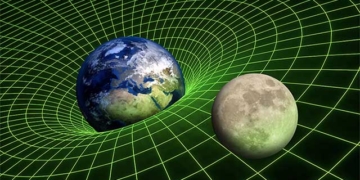In 1931, Albert Einstein embarked on a three-month journey to the United States. Inspired by his meeting with astronomer Edwin Hubble, he began to develop new thoughts about the universe.
After four days of contemplation and rewriting his reasoning, Einstein proposed a new argument titled “General Relativity on the Origins of the Universe” to explain a model of the universe that initially expands from a singular point and ultimately contracts and ends. In other words, following the Big Bang that formed the universe, there would be a Big Crunch to ultimately conclude the universe.

Einstein’s 1932 Universe Model
By 1932, Einstein and mathematician Willem de Sitter had built upon previous records and officially presented his argument to the scientific community. Recently, the ArXiv website translated the aforementioned lost text into English, explaining the cosmological ideas proposed by Einstein. Initially, Einstein acknowledged that the spacetime structure of the universe develops in a positively curved manner. This was a key point in the steady-state model of the universe proposed by Einstein.
However, later Einstein suggested that the universe could develop positively, plateau in a flat graph, or even decline. This argument was presented in the paper co-authored by Einstein and de Sitter in 1932. One of the most interesting aspects of this argument is that Einstein used this model to calculate the size of the universe.
Accordingly, the universe would have a radius of 10^8 light-years or 9.5×10^25 cm (a smaller exponent than today’s estimates). To arrive at this estimate, Einstein calculated the age of the universe to be about 10 billion years (current estimates are around 14 billion years).




















































